#artist: john everett millais
Text
A Huguenot, on St. Bartholomew's Day, Refusing to Shield Himself from Danger by Wearing the Roman Catholic Badge (1851–52) is the full, exhibited title of a painting by John Everett Millais, and was produced at the height of his Pre-Raphaelite period. It was accompanied, at the Royal Academy of Arts in London in 1852, with a long quote reading: "When the clock of the Palais de Justice shall sound upon the great bell, at daybreak, then each good Catholic must bind a strip of white linen round his arm, and place a fair white cross in his cap. —The order of the Duke of Guise."
It depicts a pair of young lovers and is given a dramatic twist because the woman, who is Catholic, is attempting to get her beloved, who is Protestant, to wear the white armband declaring allegiance to Catholicism. The young man firmly pulls off the armband at the same time that he gently embraces his lover, and stares into her pleading eyes. The incident refers to the St. Bartholomew's Day massacre on August 24, 1572, when around 3,000 French Protestants (Huguenots) were murdered in Paris, with around 20,000 massacred across the rest of France. A small number of Protestants escaped from the city through subterfuge by wearing white armbands.
Millais had initially planned simply to depict lovers in a less dire predicament, but supposedly had been persuaded by his Pre-Raphaelite colleague William Holman Hunt that the subject was too trite. After seeing Giacomo Meyerbeer's opera Les Huguenots of 1836 at Covent Garden, which tells the story of the massacre, Millais adapted the painting to refer to the event. In the opera, Valentine attempts unsuccessfully to get her lover Raoul to wear the armband. The choice of a pro-Protestant subject was also significant because the Pre-Raphaelites had previously been attacked for their alleged sympathies to the Oxford Movement and to Catholicism.
Millais painted the majority of the background near Ewell in Surrey in the late summer and autumn of 1851, while he and Hunt were living at Worcester Park Farm. It was from a brick wall adjoining an orchard. Some of the flowers depicted in the scene may have been chosen because of the contemporary interest in the so-called language of flowers. The blue Canterbury Bells at the left, for example, can stand for faith and constancy. Returning to London after the weather turned too cold to work out-of-doors in November, he painted in the figures: the face of the man was from that of Millais's family friend Arthur Lemprière, and the woman was posed for by Anne Ryan.
The painting was exhibited with Ophelia and his portrait of Mrs. Coventry Patmore (Fitzwilliam Museum, Cambridge) at the Royal Academy of Arts in 1852, and helped to change attitudes towards the Pre-Raphaelites. Tom Taylor wrote an extremely positive review in Punch. It was produced as a reproductive print by the dealer D. White and engraved in mezzotint by Thomas Oldham Barlow in 1856. This became Millais's first major popular success in this medium, and the artist went on to produce a number of other paintings on similar subjects to serve a growing middle class market for engravings. These include The Order of Release, 1746 (Tate, London), The Proscribed Royalist, 1651 (Lord Lloyd-Webber Collection), and The Black Brunswicker (Lady Lever Art Gallery, Port Sunlight). All were successfully engraved.
There are smaller watercolor versions of the picture in The Higgins Art Gallery, Bedford, the Fogg Art Museum, Harvard University, and a reduced oil replica in the Lord Lloyd-Webber Collection, all by Millais.
58 notes
·
View notes
Text

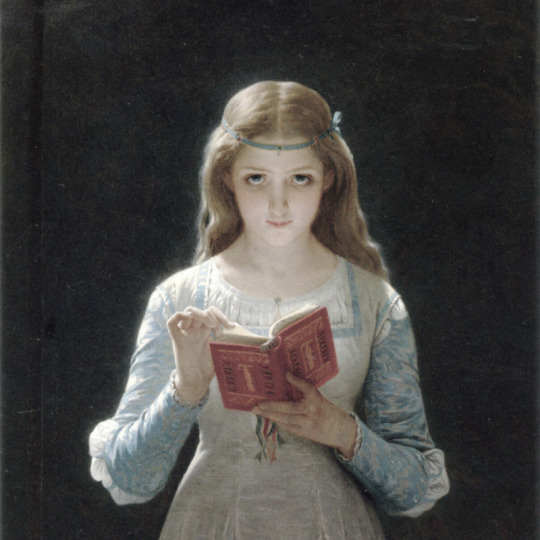
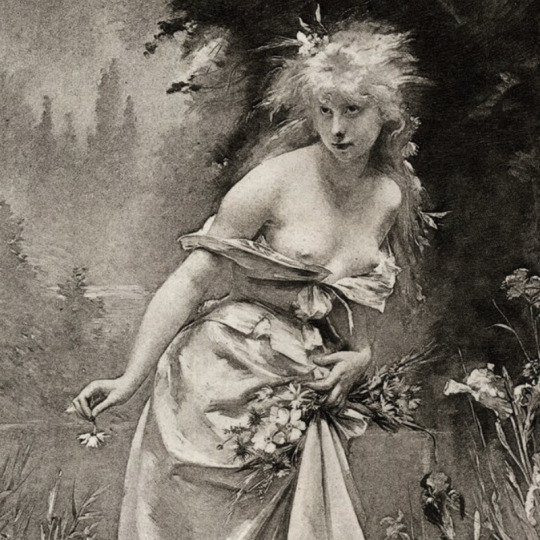



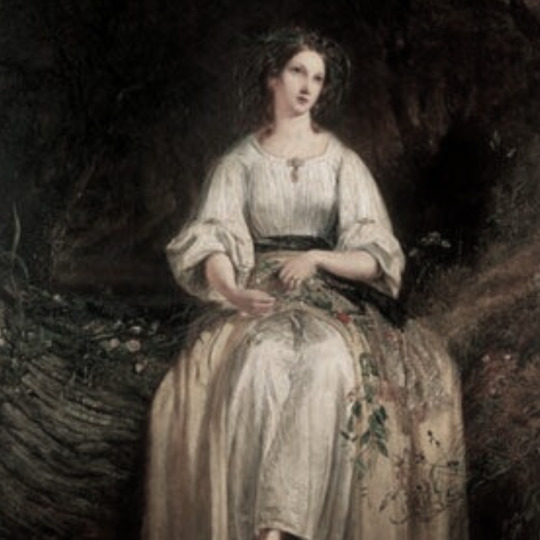


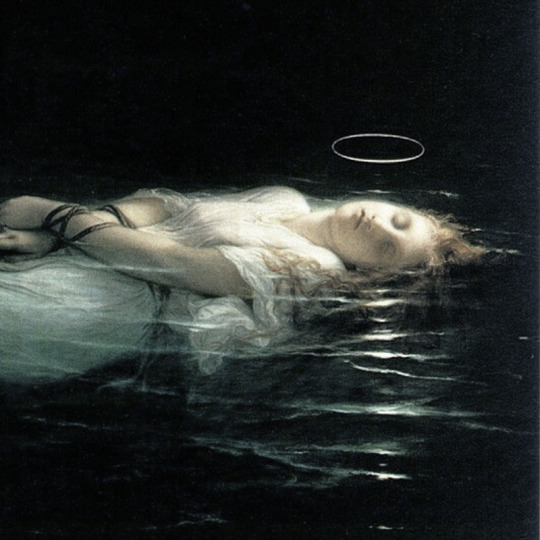
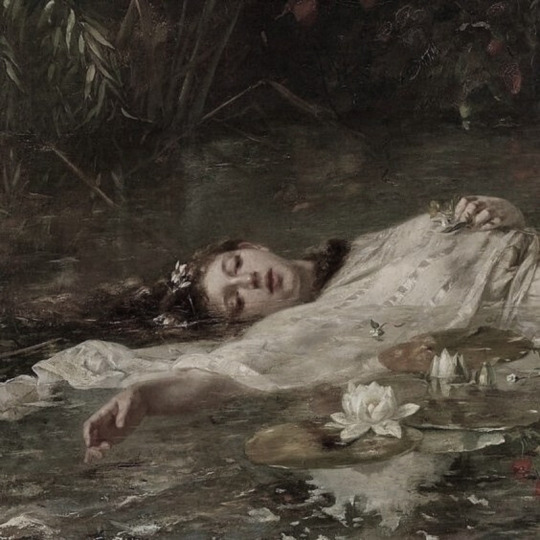

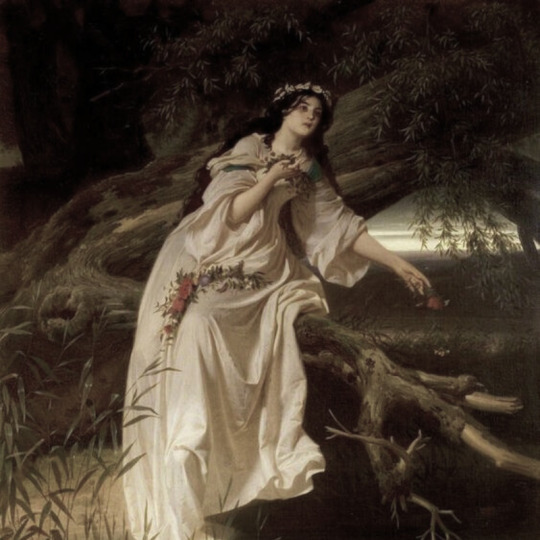
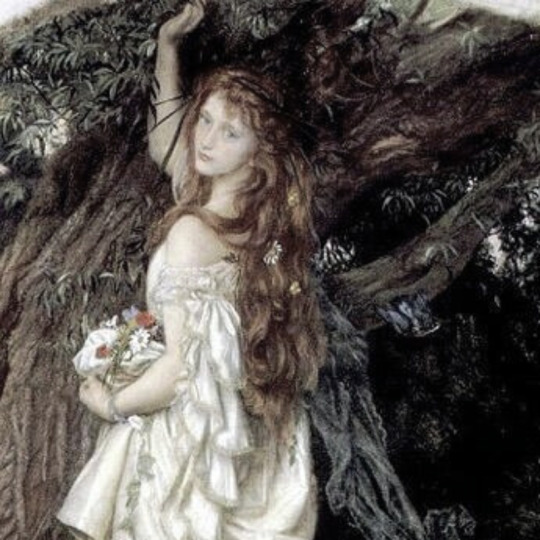
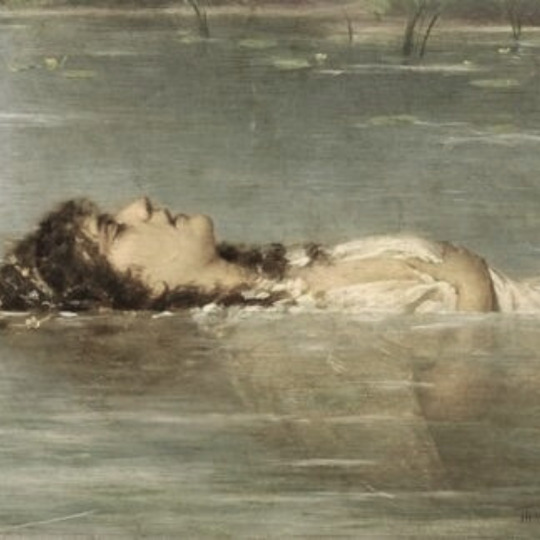
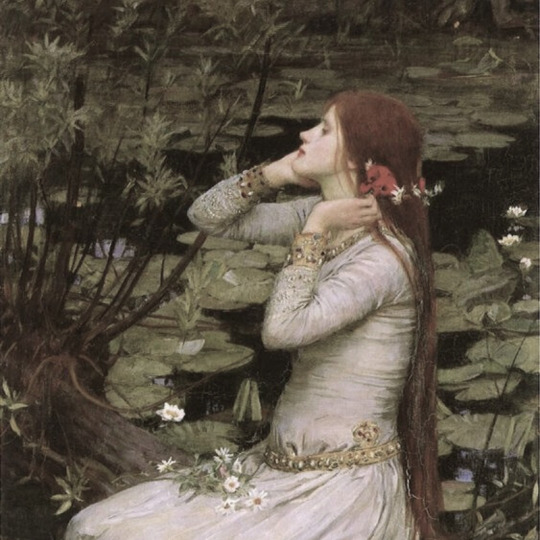

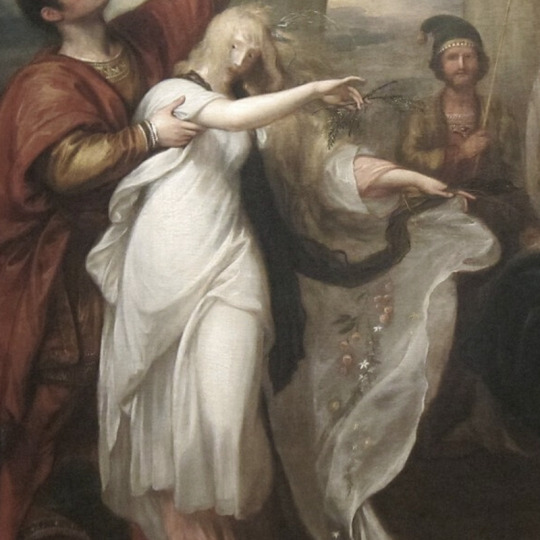



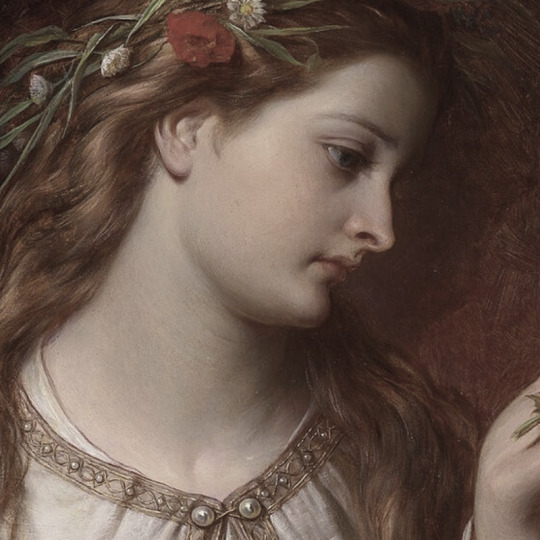
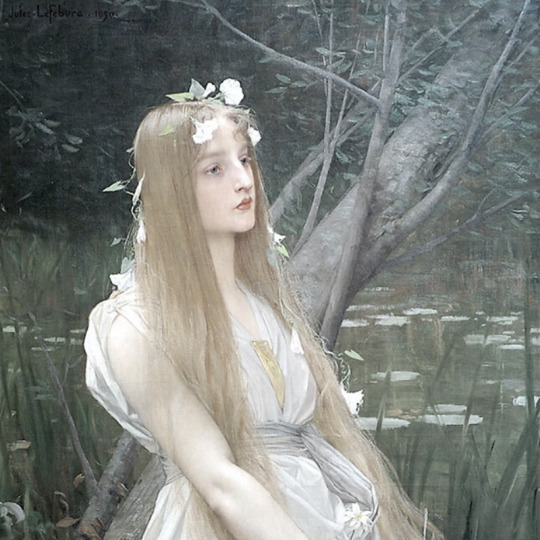
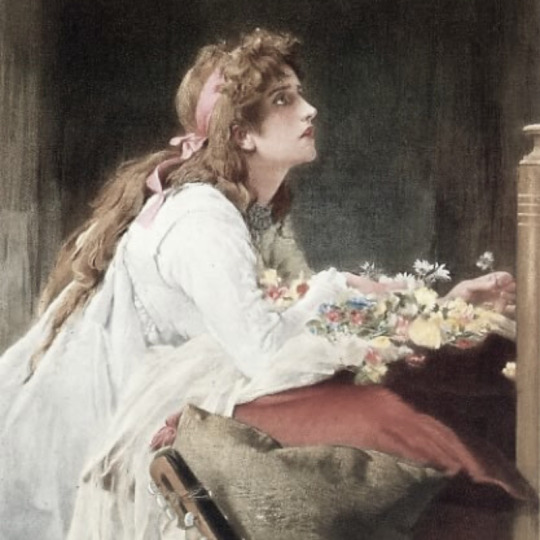

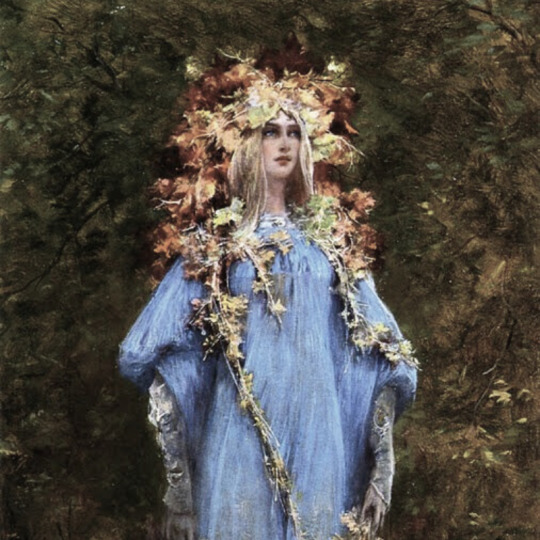
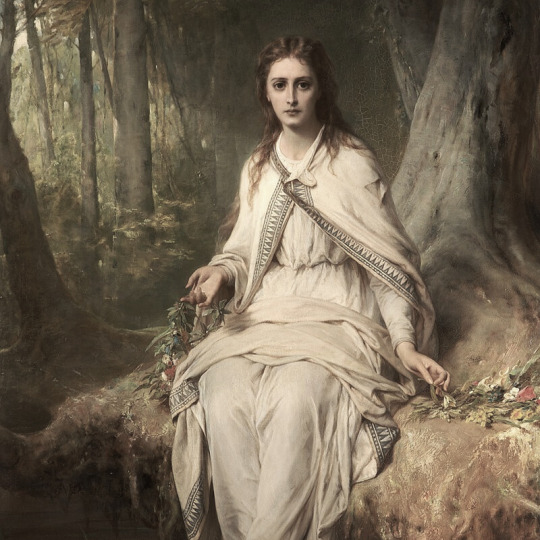
women in art: ophelia
#artist is john everett millais#artist is pierre auguste cot#artist is madeline lemaire#artist is sarah bernhardt#artist is paul albert steck#artist is salvaor dali#artist is richard redgrave#artist is constantin meunier#artist is jules bastien-lepage#artist is paul delaroche#artist is friedrich wilhelm theodor#artist is jeap-baptiste#artist is ferdinand piloty ii#artist is arthur hughes#artist is theodor von der beek#-artist is john william waterhouse#artist is leopold burthe#artist is benjamin west#artist is alexandre cabanel#artist is frances macdonald#--artist is arthur hughes#artist is thomas francis dicksee#artist is joseph jules lefebvre#artist is marcus stone#artist is konstantin makovsky#artist is georges clarin#artist is thomas francis dicksee-#art history#ophelia#hamlet
2K notes
·
View notes
Text
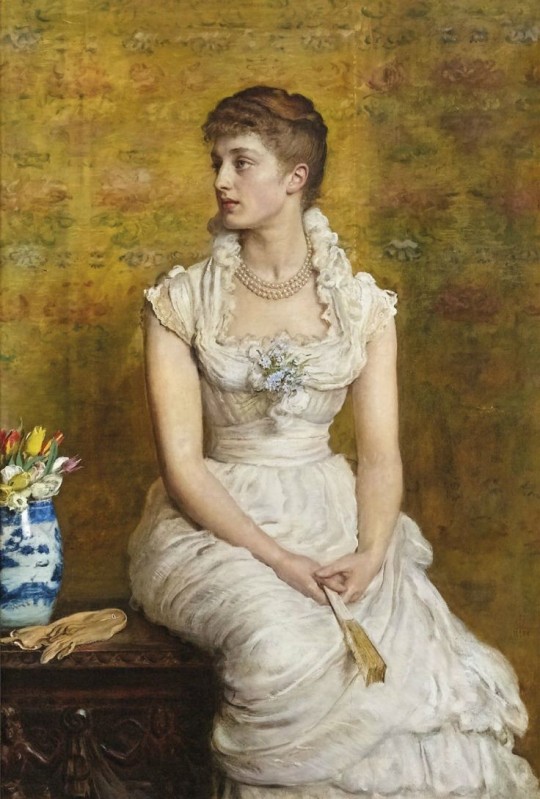
John Everett Millais (British, 1829-1896) • Portrait of Lady Campbell, née Nina Lehmann • 1884
#art#painting#fine art#art history#john everett millais#british artist#19th century british art#portrait#society portrait#female portrait#artwork#oil painting#la robe blanche art blog#the white dress#women in white#art blogs on tumblr
108 notes
·
View notes
Text

John Everett Millais (1829-1896)
"Mercy: St Bartholomew’s Day, 1572" (1886)
Oil on canvas
Pre-Raphaelite
Located in the Tate Gallery, London, England
The painting portrays an imaginary incident at the time of the St. Bartholomew's Day Massacre in Paris on 24 August 1572, when thousands of Protestants were slaughtered by Catholics.
A Nun begs for '"Mercy"' on behalf of the hapless Protestants, but the man pulls her arm away and moves to follow the call to arms indicated by the Friar who beckons from the open doorway.
#paintings#art#artwork#history painting#french history#john everett millais#oil on canvas#pre raphaelite#pre raphaelism#tate gallery#museum#art gallery#english artist#british artist#catholocism#protestantism#violence#costume#costumes#history#1880s#late 1800s#late 19th century#a queue work of art
115 notes
·
View notes
Text

The Crown of Love
1875
Artist : Sir John Everett Millais (1829-1896)
592 notes
·
View notes
Text
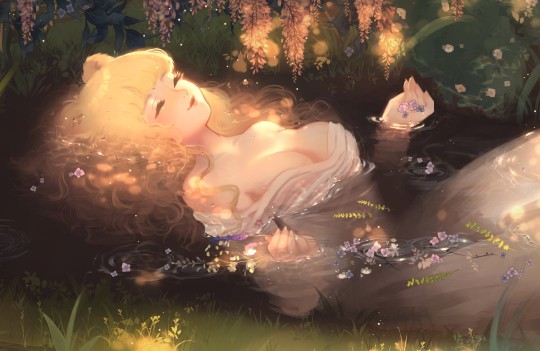


Probably my biggest illustration 🌱
#illustration#digital art#artwork#art#artists on tumblr#renaissance#renaissance art#renaissance painting#john everett millais#ophelia#character art#commission#digital#cottagecore#cottage aesthetic#fairy cottage
72 notes
·
View notes
Text



134. Funeral - Ghost Bath (DSBM/Post-Black Metal, 2014)
Art by John Everett Millais: "Ophelia", 1851 - 1852
It depicts Ophelia, a character from William Shakespeare's play Hamlet, singing before she drowns in a river.
Millais’s model for the painting was a young woman aged nineteen called Elizabeth Siddall. To create the effect of Elizabeth pretending to be Ophelia drowning in the river, she posed for Millais in a bath full of water. To keep the water warm some oil lamps were placed underneath.
While posing, Elizabeth wore a very fine silver embroidered dress bought by Millais from a second-hand shop for four pounds.
#metal#dsbm#black metal#art#artwork#music#painting#heavy music#artist#cover art#heavy#john everett millais#ophelia#ghost bath#drown#river#shakespeare#hamlet#oil painting#oil on canvas
121 notes
·
View notes
Text
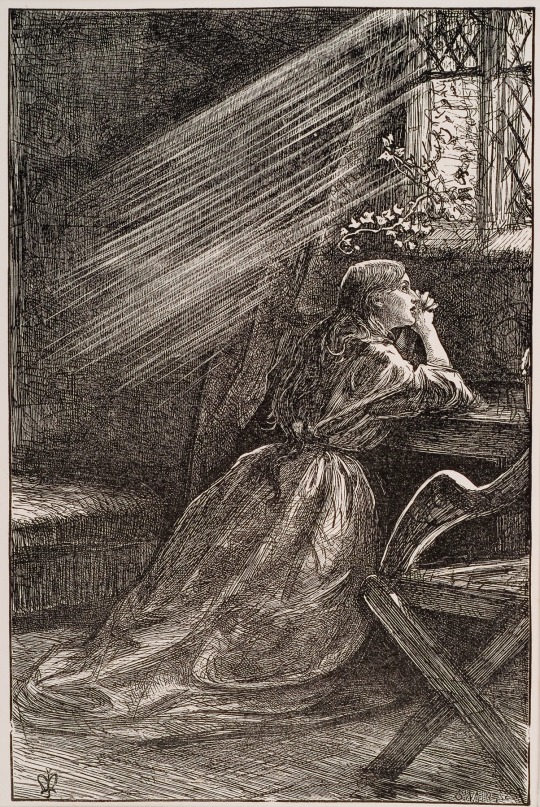
Sir John Everett Millais - Irené (1862)
#art#artistic#artwork#painting#john everett millais#pre raphaelitism#pre raphaelite brotherhood#illustrations
26 notes
·
View notes
Text
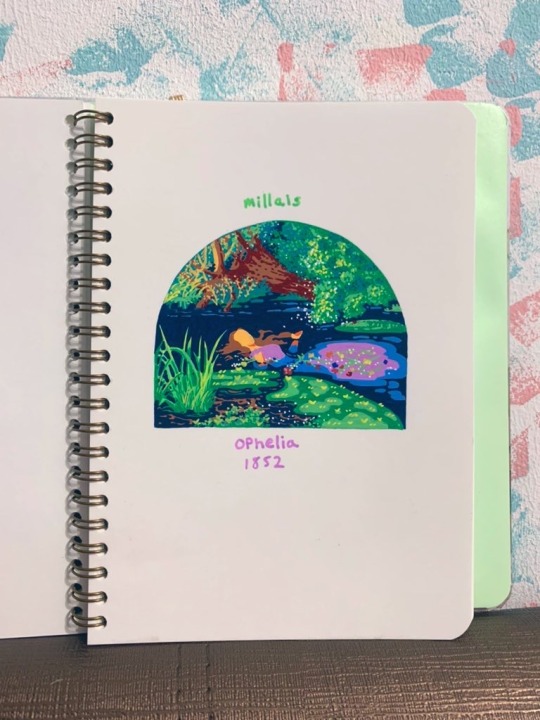
New year, new addition to my new little sketchbook 🫶🏻🥹
For progress video do pop by my Instagram✨
#toydreamer#art#artists on tumblr#poscamarkers#poscaart#posca illustration#john everett millais#ophelia#sketchbook#happy new year#illustration
35 notes
·
View notes
Text
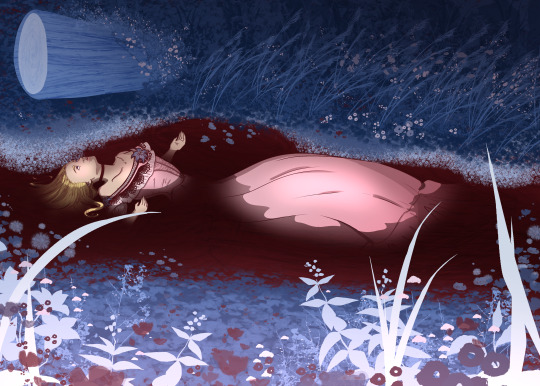
couldn't sleep, hyperfixated on drawing my new vampire character as Ophelia
(her whole vibe is kinda like...decadence has the root word decay, and my brain apparently defaulted to: Ophelia?)
#artist#artists on tumblr#digital artist#oc artist#dndoc#digital painting#vampire theme#vampire the masquerade#vampire the requiem#vampirism#vampire#vtm#vtm oc#vtr#toreador#ophelia#ophelia shakespeare#ophelia John Everett Millais#John Everett Millais
32 notes
·
View notes
Text
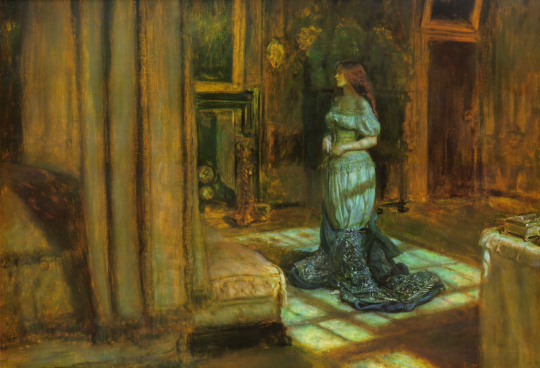
Eve of St Agnes, John Everett Millais (1863) The Royal Collection of the United Kingdom
#art#painting#art history#artists on tumblr#artwork#pretty art#beuatiful#john everett millais#eve of saint agnes#Eve of st agnes#royal collection#19th century art#19th century#pre raphaelism#pre raphaelite#1800s#1800s aesthetic#1800's#1800's art#woman portrait#portrait#peinture#peinture figurative#british art#british painter#classic painting#classical art#classic art#classic#oilpainting
198 notes
·
View notes
Text

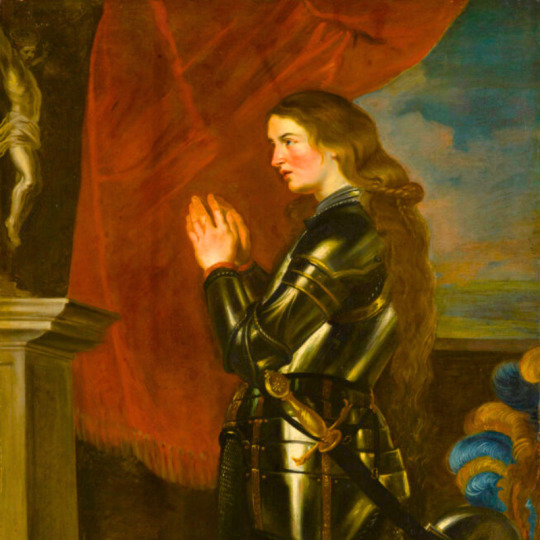

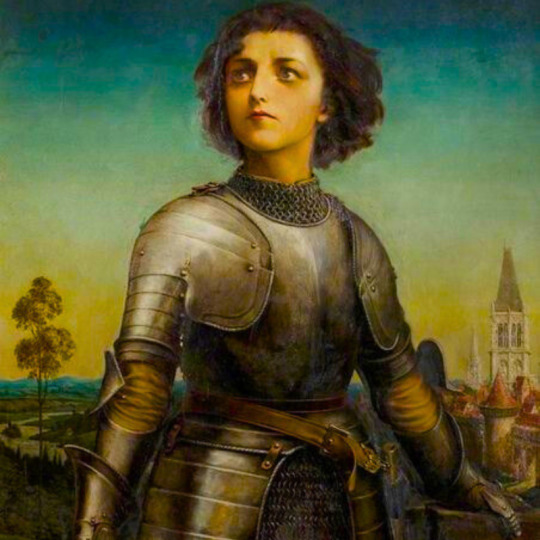
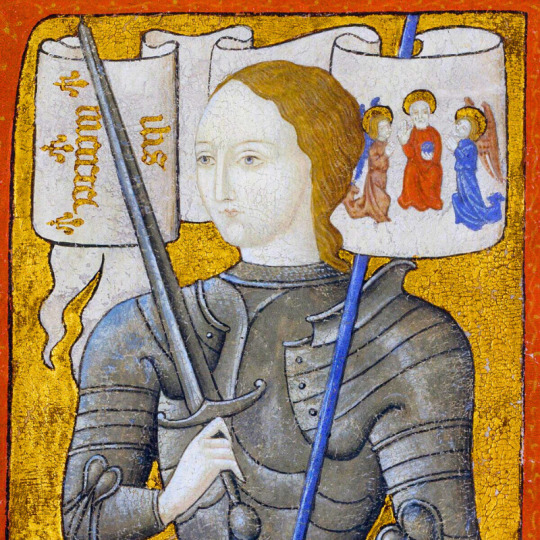
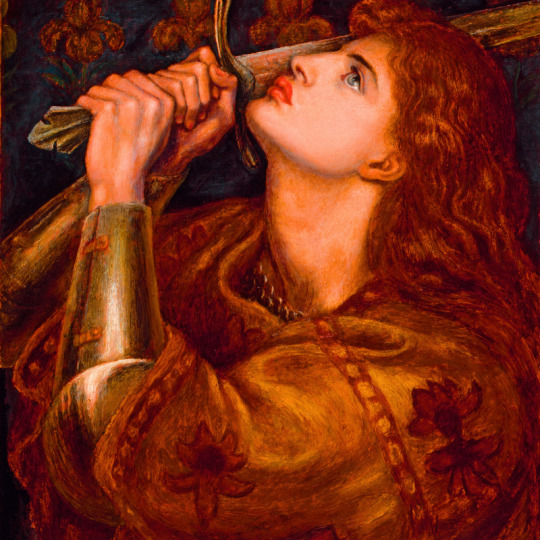

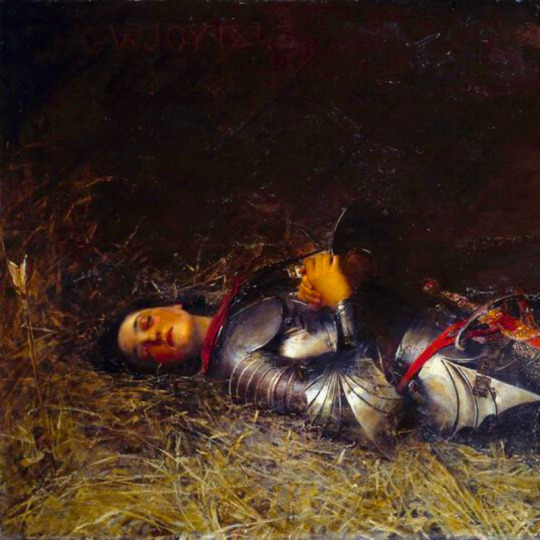
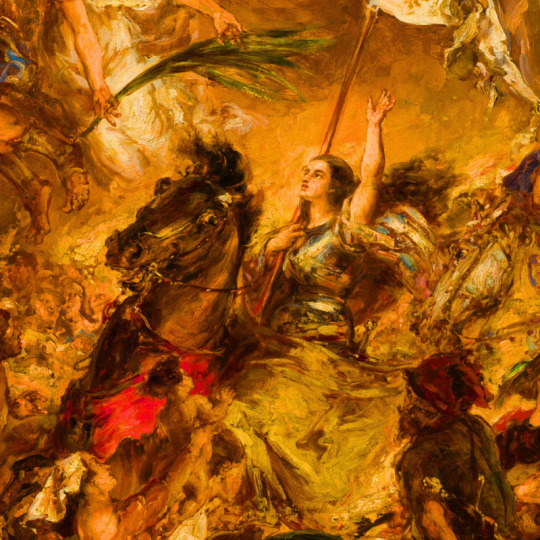
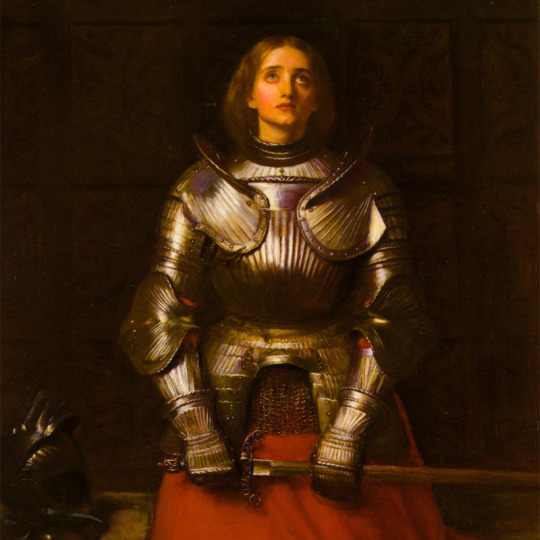

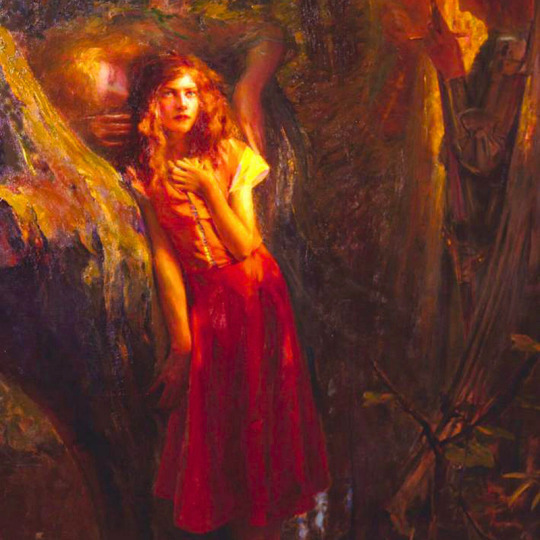
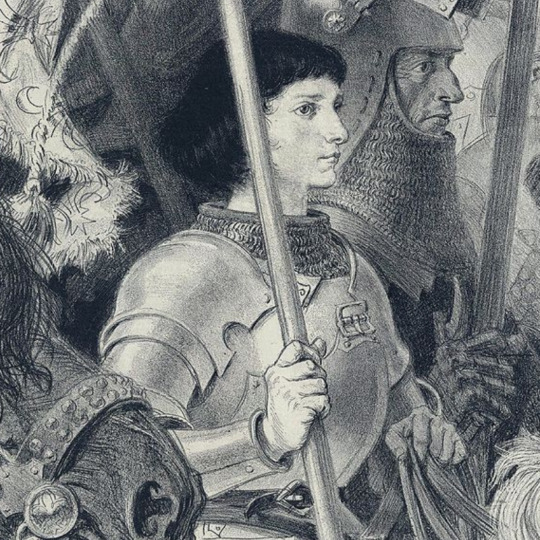
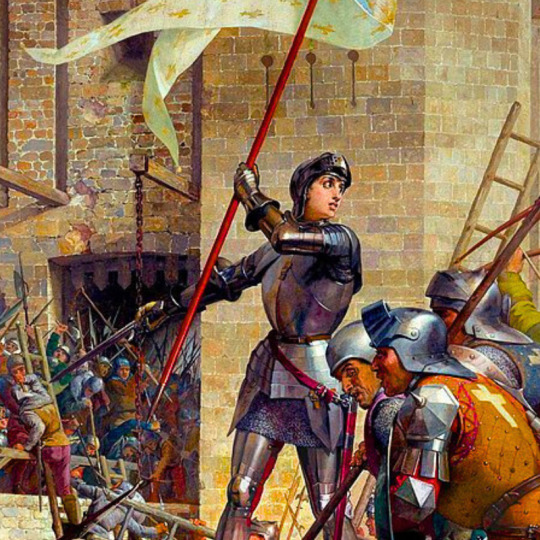
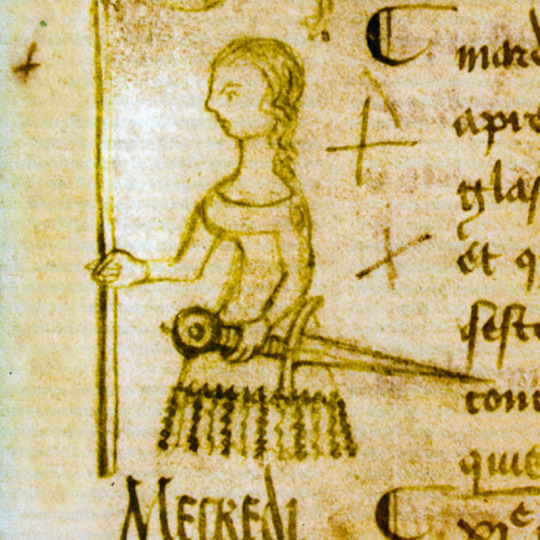

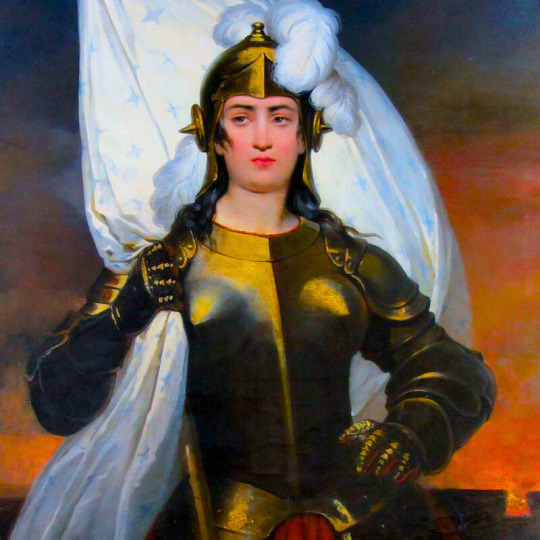
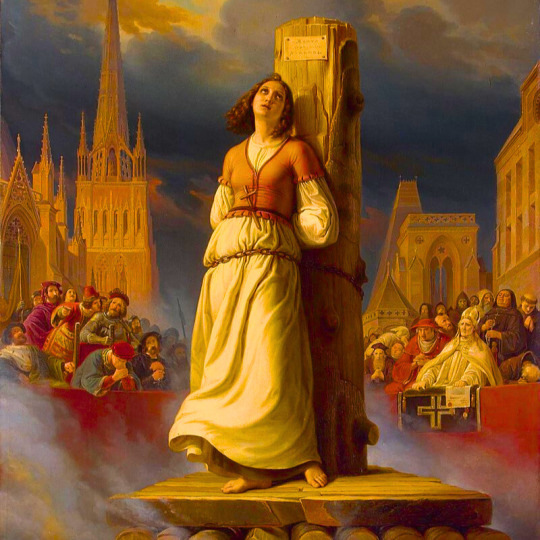

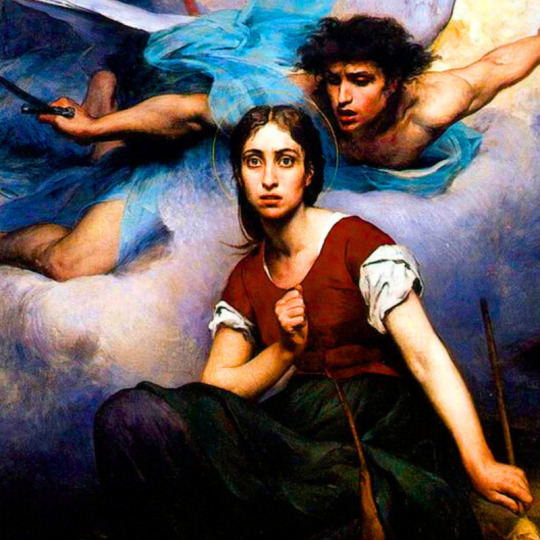

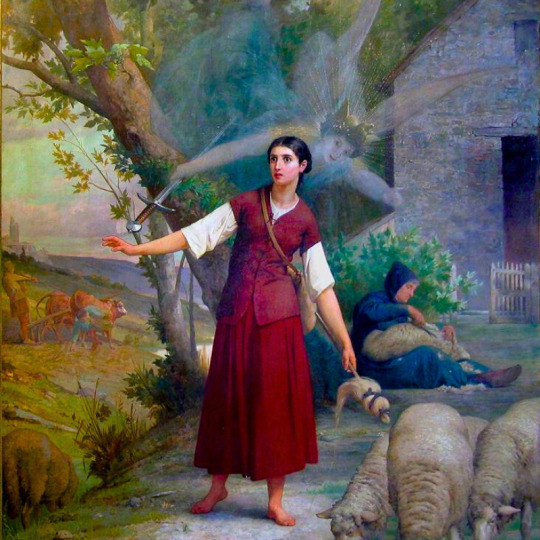
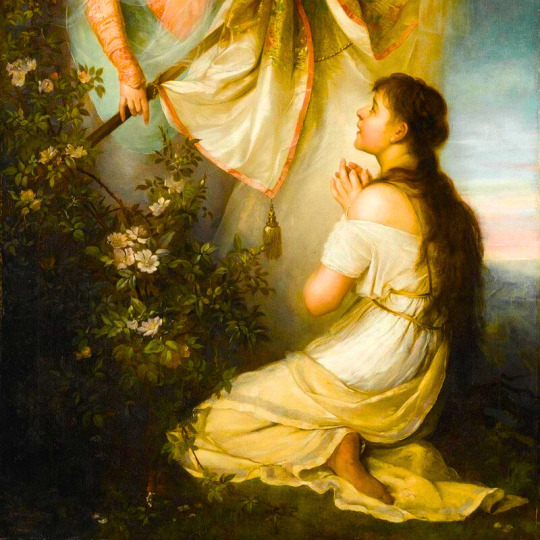

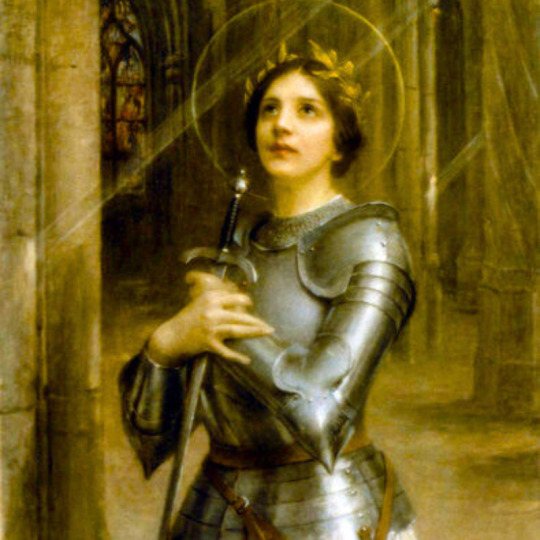

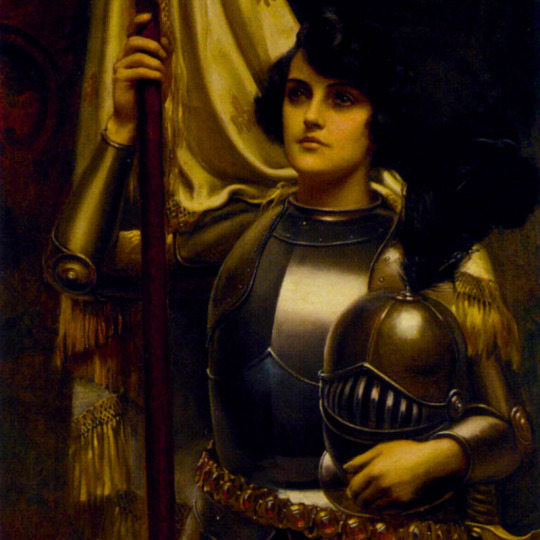
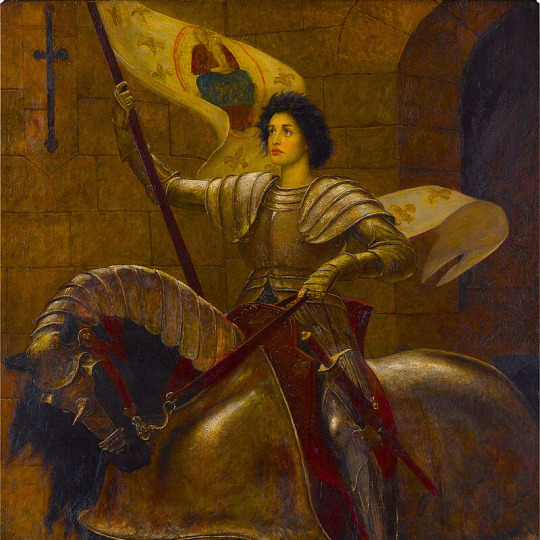

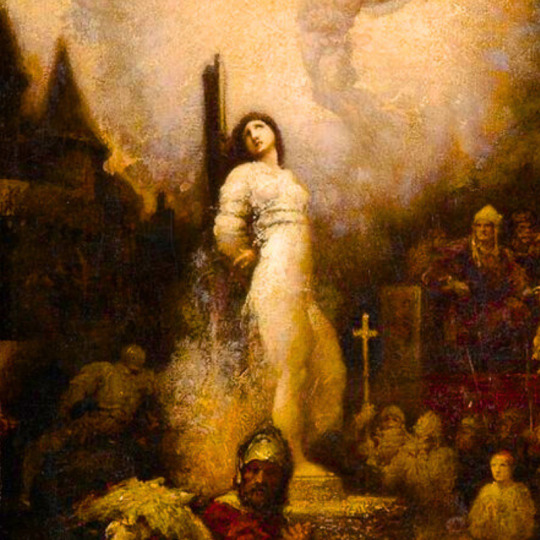
women in art: jeanne d'arc
#artist is jean-auguste dominique ingres#artist is peter paul rubens#artist is albert lynch#i dont know the artist#dont know the artist#artist is dante gabriel rossetti#-artist is jules bastien lepage#artist is george william joy#artist is jan matejko#artist is john everett millais#artist is alphonse mucha#artist is gaston bussiere#i dont know artist but its from the cover of joan arc by mark twain#artist is jules-eugene lenepveu#artist is clement de fauquembergue#artist is gillot saint-evre#artist is raymond monvoisin#artist is stilke hermann anton#artist is francois-leon benouville#artist is eugene thirion#artist is jean-jacques scherrer#--artist is jules-eguene lenepveu#artist is henryk siemiradzki#artist is paul de la boulaye#artist is charles-amable lenoir#artist is gari melchers#artist is harold h piffard#artist is william blake richmond#artist is annie swynnerton#artist is francois chifflart
716 notes
·
View notes
Photo
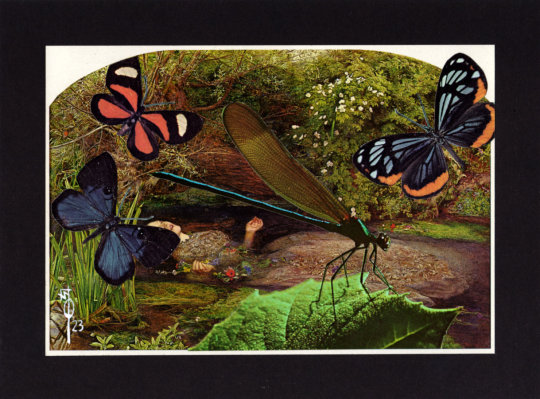
Wallace Polsom, Deep Focus LXVII (2023), paper collage, 24.8 x 18.4 cm.
#wallace polsom#deep focus#paper collage#collage art#art#artists on tumblr#analog collage#contemporary art#handmade collage#handcut collage#21st century#wallacepolsom2023#surreal#surrealism#defamiliarization#art history#john everett millais
92 notes
·
View notes
Text
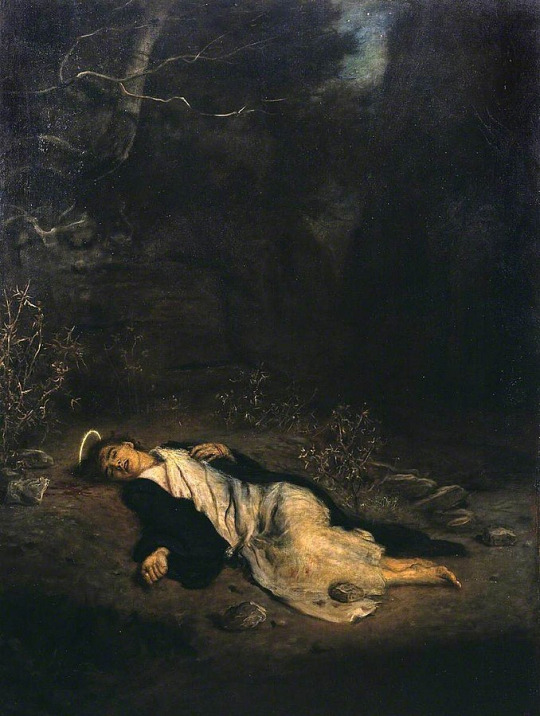
John Everett Millais (1829-1926)
"Saint Stephen" (1895)
Oil on canvas
Pre-Raphaelism
Located in the National Gallery, London, England
#paintings#art#artwork#religious painting#martyr#john everett millais#oil on canvas#fine art#pre raphaelite#pre raphaelism#national gallery#museum#english artist#british artist#male portrait#death#violence#religious violence#blood#dark#violent#despair#1890s#late 1800s#late 19th century
964 notes
·
View notes
Text
John Everett Millais, Cinderella, 1870s

5 notes
·
View notes
Text
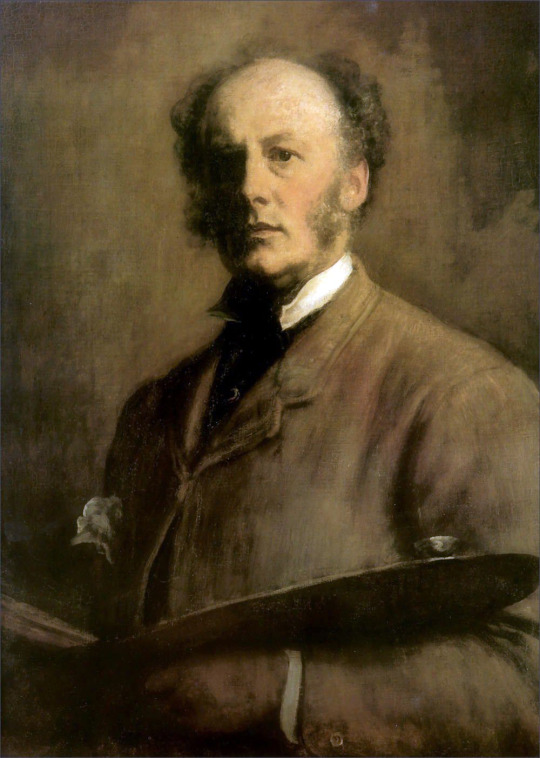

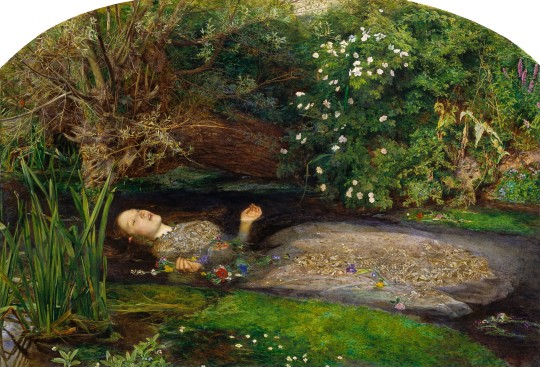
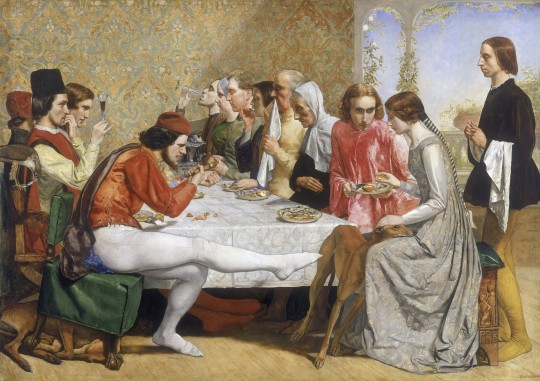
Please reblog for larger sample size
9 notes
·
View notes